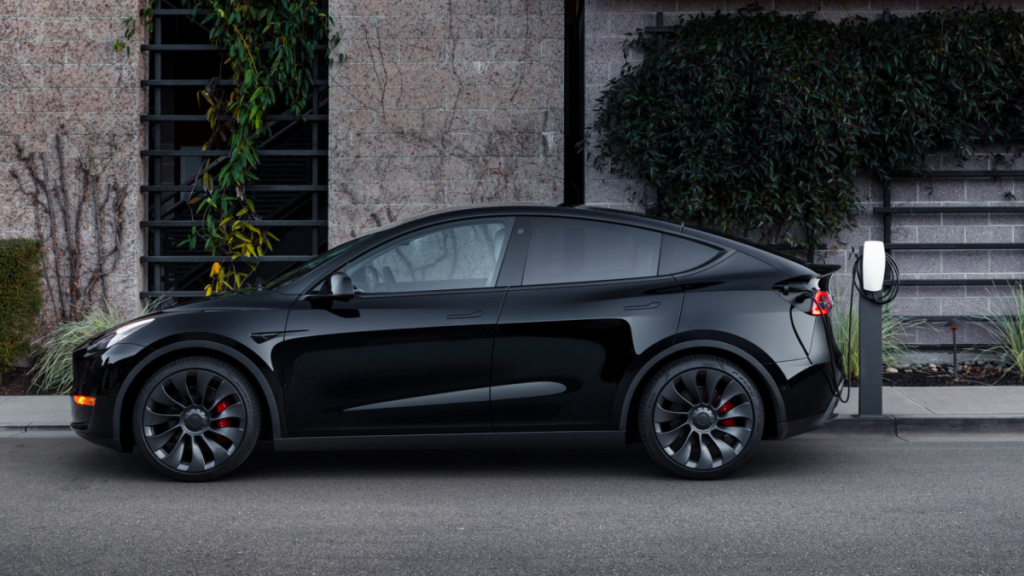Independent testing has found several popular EVs fell short of their claimed driving ranges when placed in real-world conditions, including the Tesla Model Y, Model 3, and Kia EV6. In the most egregious discrepancy, one vehicle demonstrated an enormous 23 percent reduction in range.
Tesla grants Elon Musk $29 billion pay package, fights to give him $55.8 billion
The Australian Automobile Association‘s (AAA) Real-World Testing Program has published the results of its range and energy consumption tests on five EVs, the program’s first evaluation of entirely electric vehicles since its launch. Unfortunately, all five EVs underperformed in real-world conditions when compared to their mandated lab results, including three popular models available in the U.S.: the 2024 Tesla Model 3, 2024 Tesla Model Y, and 2022 Kia EV6.
The Tesla Model 3 had some of the worst results when it came to range, managing only 441km (274mi) compared to their lab result of 513km (318.8mi) — a 14 percent drop. The Model Y didn’t live up to its 533km (331.2mi) lab range either, suffering an eight percent reduction to top out at 490km (304.5mi). The Kia EV6 also underperformed by eight percent, travelling 484km (300.7mi) in AAA’s tests as opposed to the 528km (328.1mi) expected.
The AAA further tested the 2023 BYD Atto 3 and 2024 Smart #3, finding the latter performed the closest to the range it advertised out of all the EVs tested. Specifically, the Smart #3’s real-world range of 432km (268.4mi) was five percent lower than its purported 455km (282.7mi) lab result. In contrast, the Atto 3 displayed the widest discrepancy of the five cars tested, with its real-world range of 369km (229.3 mi) landing 23 percent lower than its lab range of 480km (298.3mi). Though neither vehicle is currently available in the U.S., the Atto 3 is the fifth best-selling EV in Australia.
Mashable Light Speed
Credit: Australian Automobile Association
Fortunately, it wasn’t all bad news when it came to the five EVs’ energy consumption. The Tesla Model Y actually performed slightly better than its lab results, consuming one percent less energy at 167Wh/km rather than 169Wh/km. Sadly, the other four vehicles failed to impress, each one exceeding the energy use from their lab tests. The Kia EV6 consumed one percent more energy compared to its lab results, the Tesla Model 3 used six percent more, and the Smart #3 used four percent more. Shockingly, the Atto 3’s energy consumption was a whopping 21 percent higher than expected, a poor result when considered in conjunction with its 23 percent lower range.
Mashable has reached out to Tesla, Kia, BYD, and Smart for comment.
AAA states that its program tested the cars on a 93km (57.8mi) circuit in Geelong, Victoria, between March and May, in both damp and dry conditions and temperatures ranging from 17 to 25C (62 to 77F).
“[The Real-World Testing Program] uses strict testing protocols based on European regulations to ensure results are repeatable and to minimise the influence of human factors such as driving style and changing traffic flows,” AAA stated.
Funded by the Australian government, AAA’s Real-World Testing Program was first proposed in the wake of the 2015 Dieselgate emissions cheating scandal. It was subsequently launched in 2023, with the intention to test 200 vehicles over four years and evaluate them against their claims. Of the 114 internal combustion engine and hybrid vehicles since tested, one in five has surpassed noxious emissions limits and 75 percent has exceeded fuel consumption when compared to lab tests.
Topics
Electric Vehicles
Tesla
